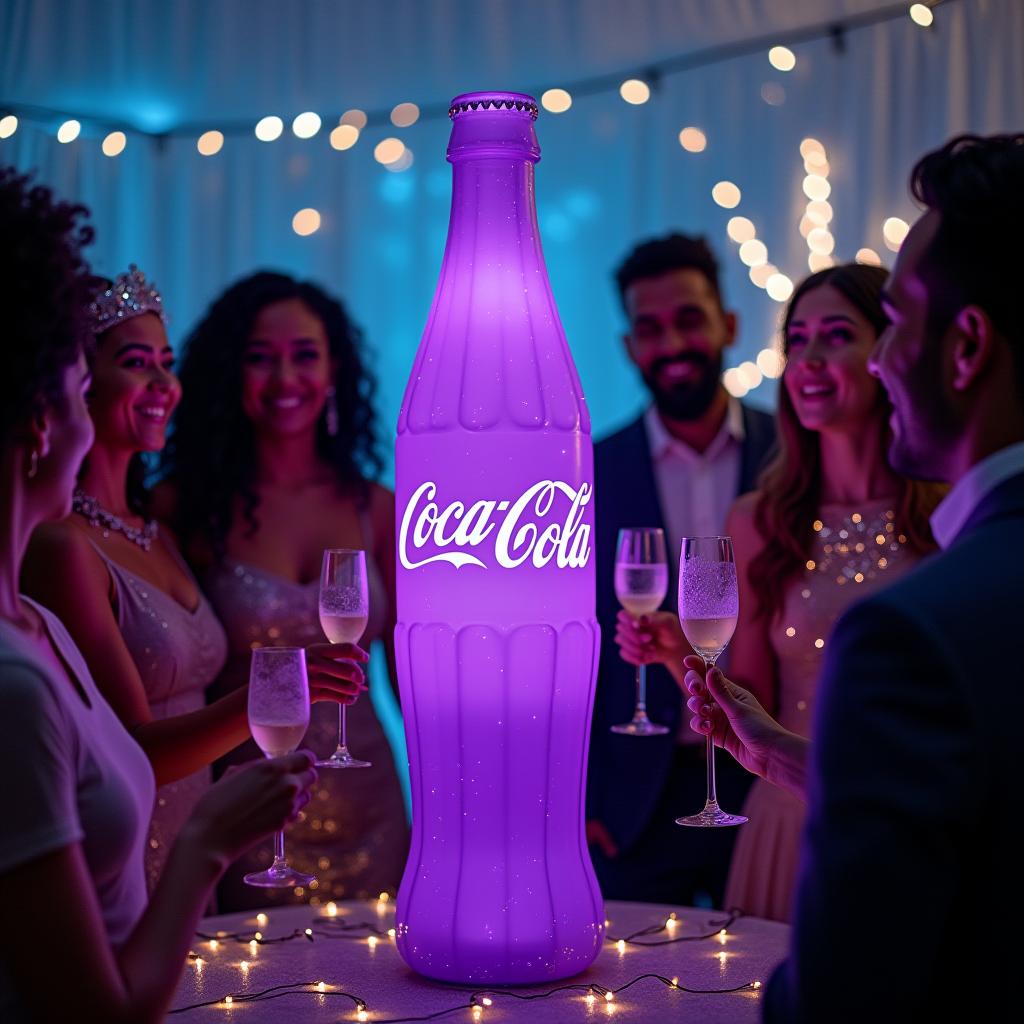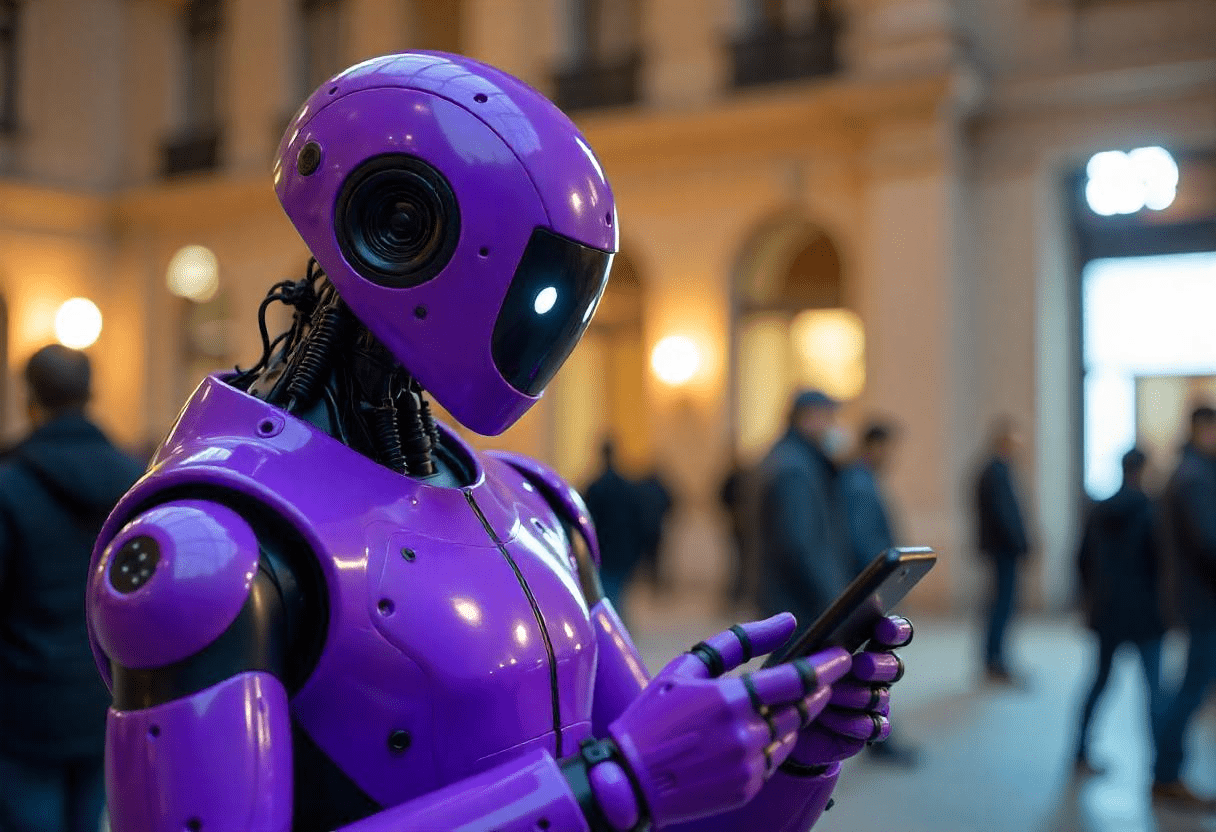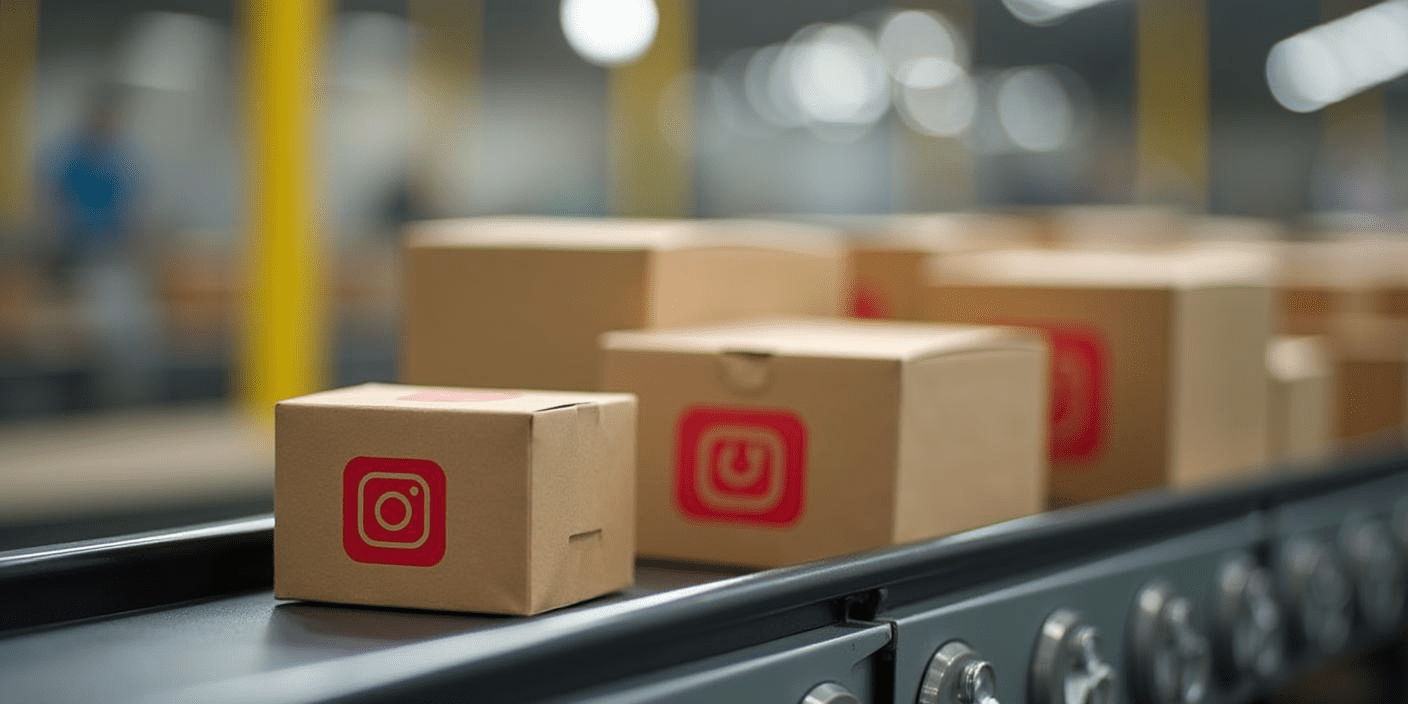The answer to the question that everyone is so interested in is how brands shape our perception of the world. Marketing — this is not just an advertisement for products and services. It is the art of creating meanings and values that permeate our daily lives, shape perceptions, tastes, and beliefs. Much of what we think is our personal preference is actually the result of the hard work of brands that build long-term influence strategies. Their goal is not only to sell, but also to shape our worldview at the subconscious level. Let's look at how brands shape our perception of the world.
The power of associations: how brands create emotions
Associations - this is the main mechanism of influence on the subconscious mind. Marketers purposefully form associations by associating a brand with certain emotions or ideas. For example, when we see the logo Nikewe may have an association with motivation, strength, and overcoming difficulties. This is not formed by chance: in the ad Nike athletes who overcome themselves and achieve their goals are almost always shown. On a subconscious level, it seems to us that by choosing Nikewe are also getting stronger and bolder.
For example, Coca-Cola - holiday symbol
Marketing strategy Coca-Cola — this is a real master class on creating associations. With its Christmas advertising campaigns, the brand has consolidated its association with the holiday and happiness. Their advertising with Santa Claus for many years gives us the feeling that Coca-Cola is not just a drink, but part of the New Year's magic. This suggests to us that without Coca-Cola, the holiday will not be so real. As a result, the brand becomes part of our inner world, influencing how we perceive and value the holiday season.
Color and shape: hidden signals for the subconscious mind
Studies show that red activates appetite, blue evokes a sense of trust, and yellow is associated with joy. This is why so many restaurants use red shades, while banks and insurance companies prefer blue.
For example, McDonald’s - delicious red and yellow
McDonald’s deliberately uses red and yellow colors to create a sense of appetite and comfort among customers. These colors encourage us to go in and stay longer, even if we're not hungry.

Social Proof: The Crowd Effect
When we see that a brand is popular and approved by many people, it makes us believe in its significance. This psychological phenomenon is called "social proof" and is actively used in marketing. Brands show how famous people, bloggers or just a huge number of people choose their products, and this convinces us that we should also follow their example.
For example, Apple and status
Apple brilliantly uses social proof to reinforce the image of their devices as a symbol of success and individuality. They attract celebrities and create "fan clubs" around their products, forming people's perception that iPhone — it's not just a phone, it's a status symbol. Seeing people with technology Apple, we automatically rank them as successful and fashionable. As a result, buying iPhonemany people want not just a phone, but status, recognition and the feeling of "being their own" among the same owners.

Neuromarketing
This is the study of how the brain responds to stimuli, and it is used to influence our choices with precise and often imperceptible signals. These signals can be audible, visual, or even tactile.
Example: Starbucks - coffee aroma and comfort
Starbucks — a perfect example of neuromarketing. The aroma of freshly brewed coffee, the interior with soft lighting and comfortable seats create an atmosphere that makes us feel relaxed and cozy. This creates a pleasant memory that our brain associates with the brand.
Marketing also creates a whole culture around the product, creating a sense of belonging to the group. This gives rise to brand identification, as, for example, Tesla fans associate themselves with innovation and an eco-friendly lifestyle.
Example: Tesla — brand for favorites
Tesla I have successfully created an image of an advanced and "special" brand that I want to associate with. Customers don't just buy a car — they become part of a community of "innovators" who care about the environment. Tesla uses a minimalistic style, innovative technologies and a continuous focus on sustainability. As a result, fans of the brand feel that they are part of the "technocrats" who are changing the world, and this unconsciously pushes them to buy.








